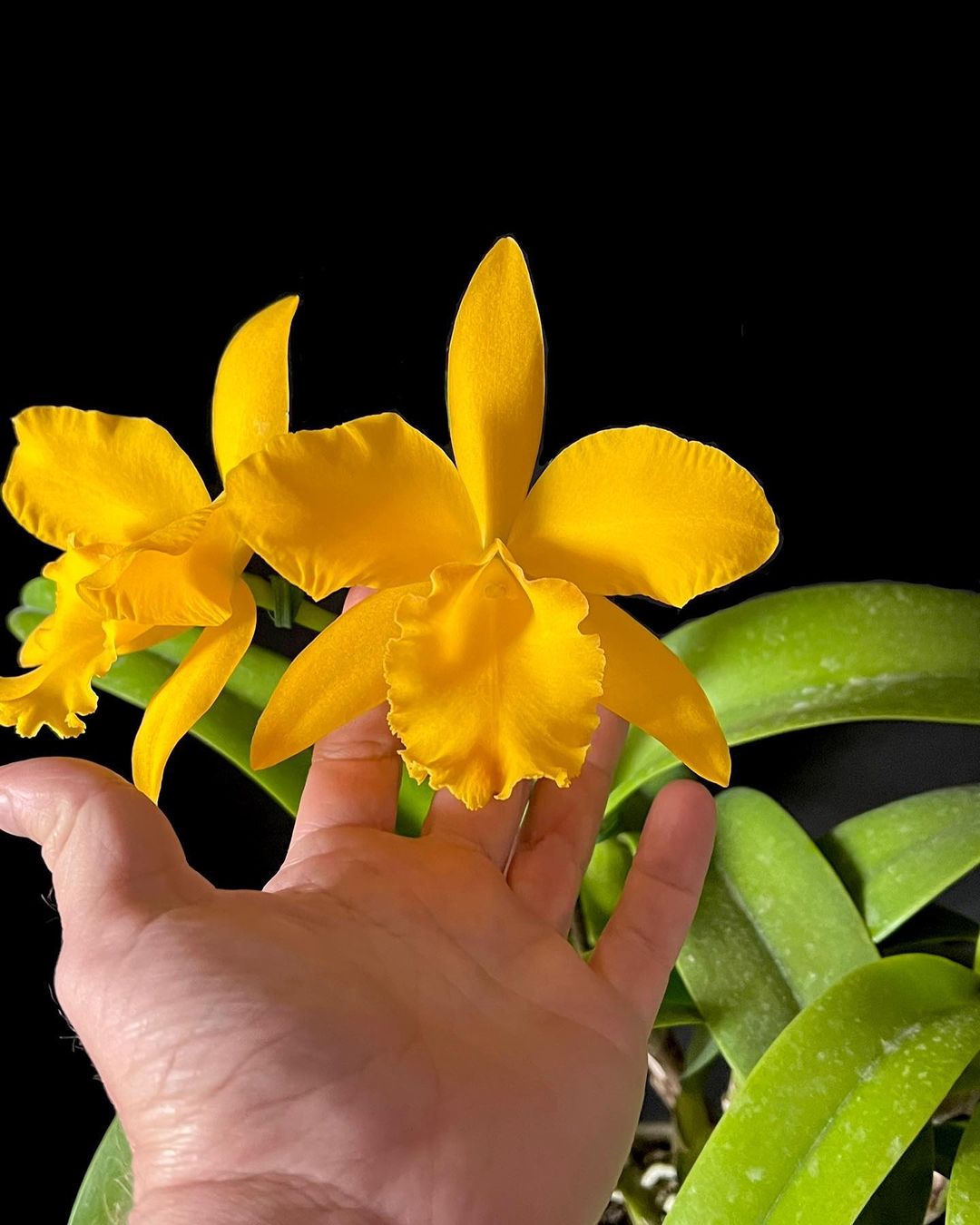Check out this White Broccoli Information Guide and find everything about this nutritious veggie, along with how you can grow it in your home.
When it comes to broccoli, you often think of the green florets, but did you know there are various broccoli varieties in different colors? Today, delve into this comprehensive White Broccoli Information Guide, packed with everything you need to know about this unique type of broccoli.
Botanical Name: Brassica oleracea
Common Name: White Sprouting Broccoli
Days to maturity: 150-180 days
Is Broccoli Man Made or a Product of Nature? Find Out
White Broccoli Information Guide

Broccoli comes in two main forms. The first is sprouting broccoli, which has a bunch of green flower buds on a thick, green stalk and smaller clusters that grow from the stems. This type, known as calabrese in Britain, is the most commonly grown in the United States.
The second type forms a solid, white head similar to cauliflower and is called heading broccoli or cauliflower broccoli. This form is usually considered cauliflower, and the term “broccoli” is typically used for the sprouting varieties.
Broccoli, like other cabbage relatives, originated from the Mediterranean region and Asia Minor. It has been enjoyed in Italy since the time of the Roman Empire. However, it wasn’t known in England until a few hundred years ago. In the United States, broccoli gained popularity only in the last century.
White Broccoli Origin
Originally from the Mediterranean region, white sprouting broccoli was first grown in Italy and later became popular in other European countries and North America. Nowadays, you can easily find it in supermarkets throughout the year.
Appearance and Nutritional Value of White Broccoli
White sprouting broccoli, a member of the cabbage family, is a winter vegetable. It has small, white heads and slim stalks. It can grow up to 4 to 5 feet (1.2 to 1.5 meters) tall. The heads are not tightly packed, and the plant has many leaves with small florets scattered among them. These florets resemble small cauliflower florets and can be either creamy white or very pale green.
The heads, stalks, and leaves of this broccoli are all edible and have a mild taste. Stalks have a flavor similar to asparagus.
White sprouting broccoli is low in calories and a good source of fiber, vitamins A, C, and K, as well as potassium. It can be enjoyed both raw and cooked. When cooking white sprouting broccoli, it is best to steam or stir-fry it to retain its valuable nutrients.
Read about Malabar Spinach Benefits
Selection and Storage of White Broccoli
When choosing white sprouting broccoli, look for stalks that are firm and crisp, with florets tightly closed. Avoid buying broccoli that appears wilted or has yellowing leaves. To keep this broccoli variety fresh, store it in the refrigerator, where it can stay good for up to four days.
How to Cook with White Broccoli
- To prepare this broccoli variety, trim off the bottom part of the stalk and cut it into small, bite-sized pieces.
- You can choose to cook the florets and leaves together or separately.
- For steaming, place the broccoli in a steamer basket over boiling water and cook for three to five minutes until it becomes tender.
- If you prefer stir-frying, heat oil in a skillet over medium-high heat, add the broccoli and cook for three to five minutes until it becomes tender.
- Season the cooked broccoli according to your taste preferences and serve.
Read the Betel Leaf Plant Care and Growing Guide
Growing White Broccoli

1. Variety Selection and Seed Sowing Timing
Choose the right varieties of white-sprouting broccoli and sow the seeds at the appropriate time to enjoy harvests from fall to early summer.
2. Suitable Growing Conditions
It grows best in a sheltered spot with well-drained soil that is rich, moderately heavy, and slightly alkaline. If your soil is acidic, consider adding lime to adjust the pH level.
3. Planting Technique
When planting the seedlings, ensure they are spaced about 24 inches (60 cm) apart. Plant them deeply to promote strong root development and overall plant growth.
Note: Best time for planting is spring and winter.
4. Protection from Birds and Insects
Take measures to protect broccoli plants from birds and insects, as they can cause damage. This can include using netting or other barriers to prevent access.
5. Watering Requirements
After planting, make sure to water the broccoli plants thoroughly. Provide enough water to keep the soil consistently moist but not waterlogged.
6. Harvest
White sprouting broccoli takes approximately 150-180 days to mature and be ready for harvest. Monitor the plants closely and harvest the florets when they have reached the desired size and are still firm.
In a garden, you can harvest the stalks before the flowers open, treating it as a “cut and come again” vegetable.
Note: Compared to Purple Sprouting Broccoli, White Sprouting Broccoli takes longer to develop heads and is less likely to flower quickly in hot weather.
Tip: It is recommended to leave the large leaves on the plant as they provide shelter for the next batch of young shoots that will sprout.
Learn How to Grow Coriander in a Container



